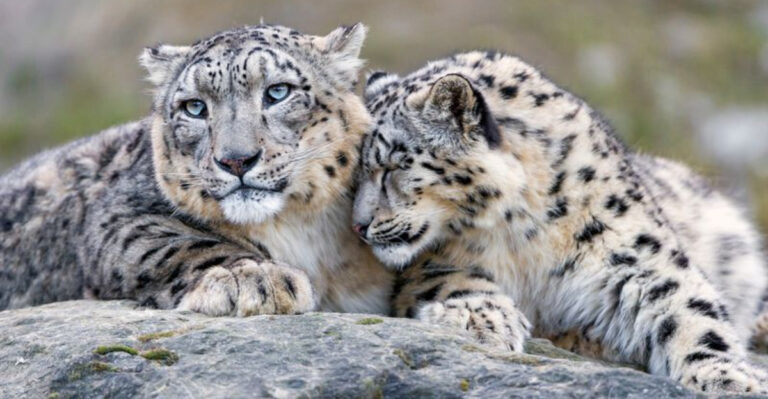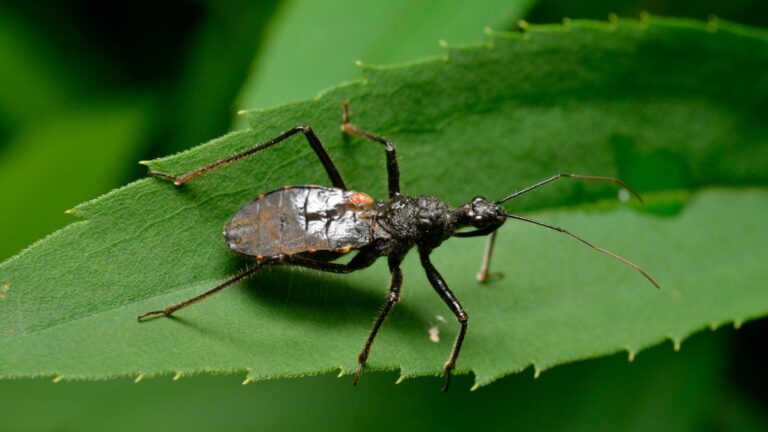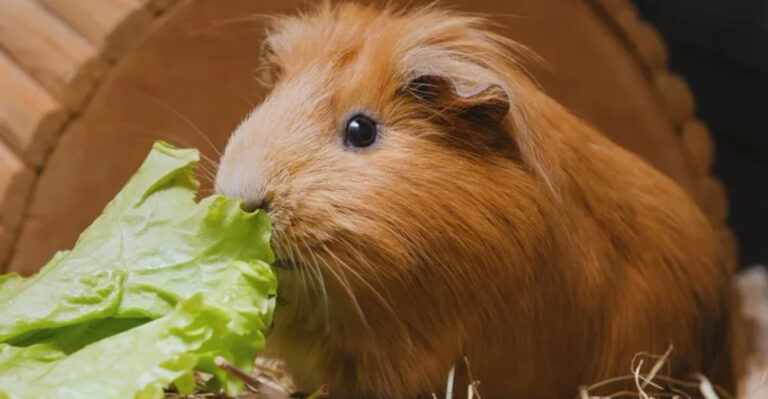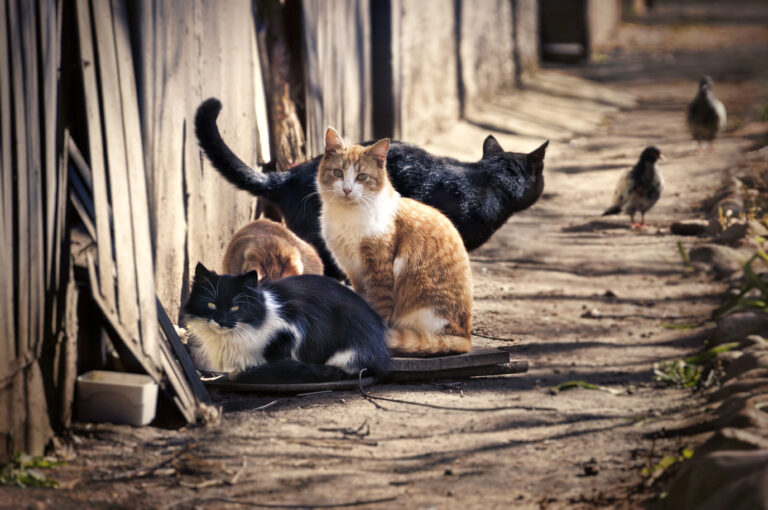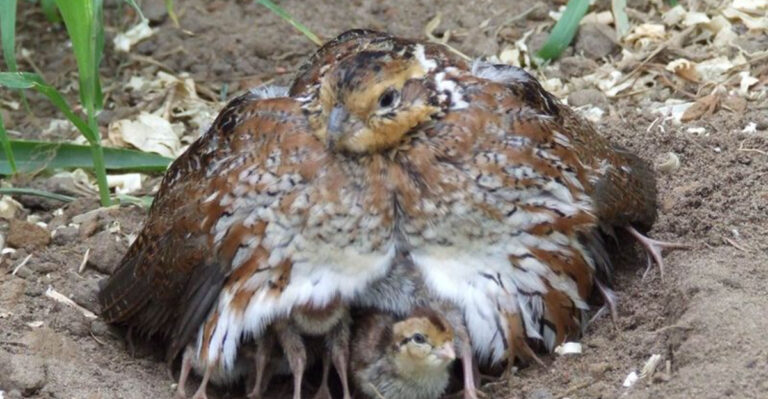The 17 Most Incredible Owl Facts
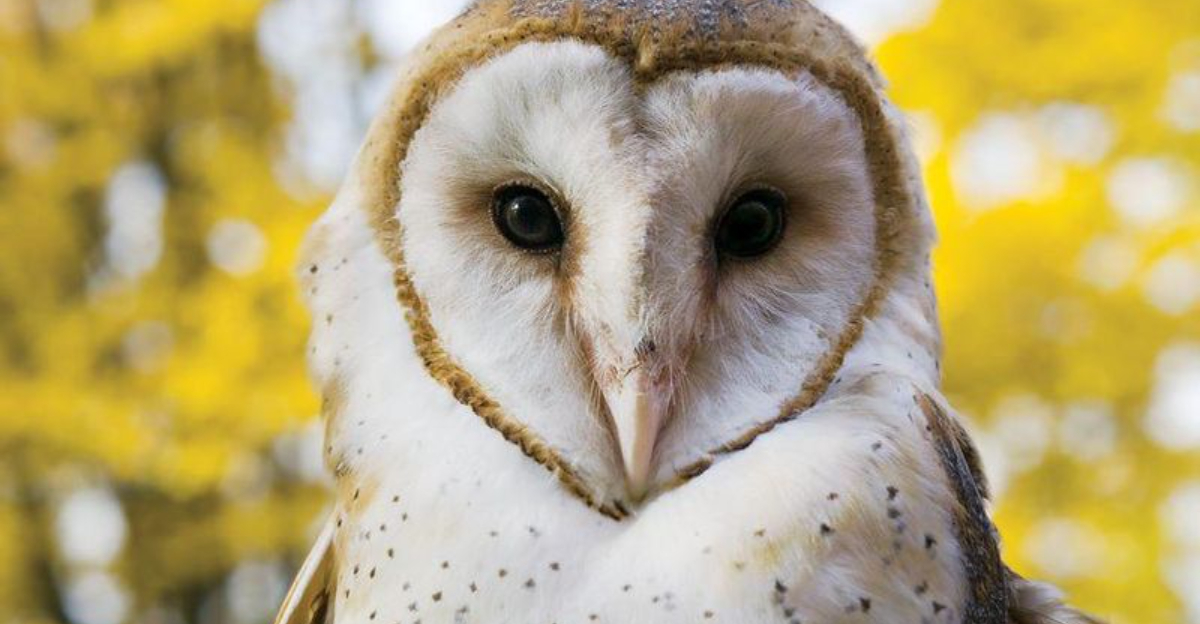
Get ready to explore the captivating world of owls, where each fact is more intriguing than the last. From mesmerizing eyes to silent wings, owls are full of surprises that will keep you wide-eyed. Discover 17 of the most incredible facts about these nocturnal wonders, each with its own twist and charm!
1. Owls Have Incredible Eyeballs
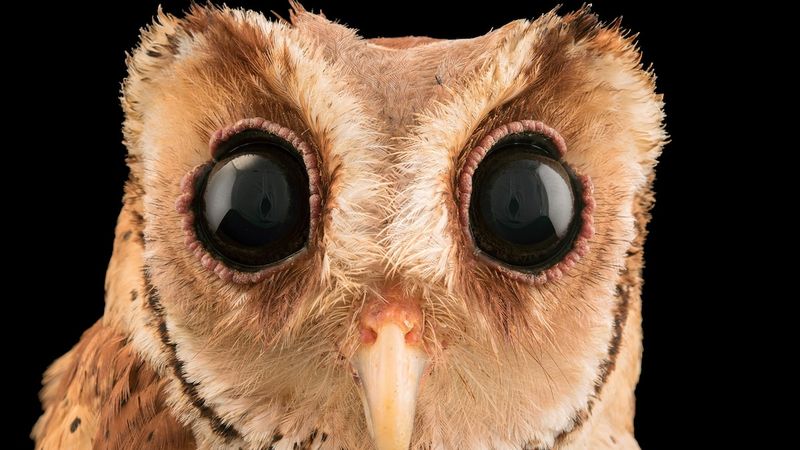
Imagine having eyes that are more tube-shaped than spherical—owls do! Their eyes can’t move in their sockets, allowing them to focus intently.
2. Silent Flyers
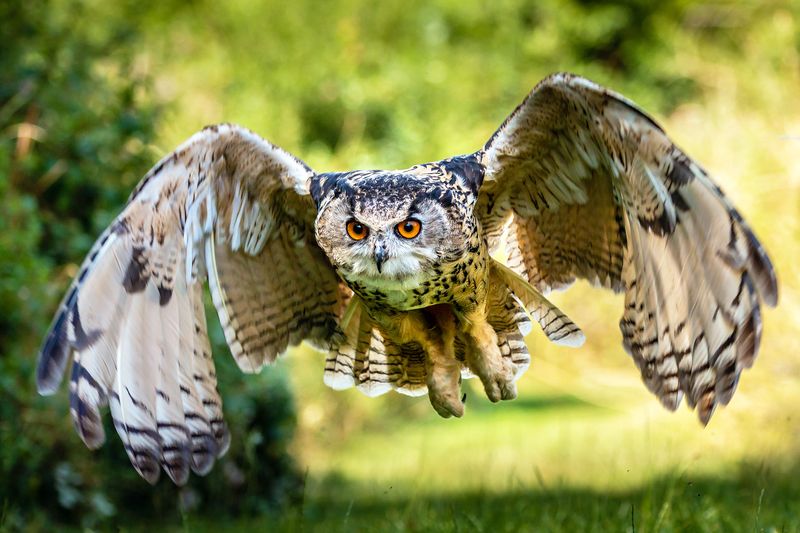
Owls fly in complete silence, thanks to specialized feathers that reduce noise. This stealth gives them the upper hand when swooping down on prey.
3. Owls Can Rotate Their Heads 270 Degrees

Due to unique vertebrae, owls can twist their heads a whopping 270 degrees, maintaining perfect vision without moving their bodies.
4. Great Horned Owl’s Powerful Grip
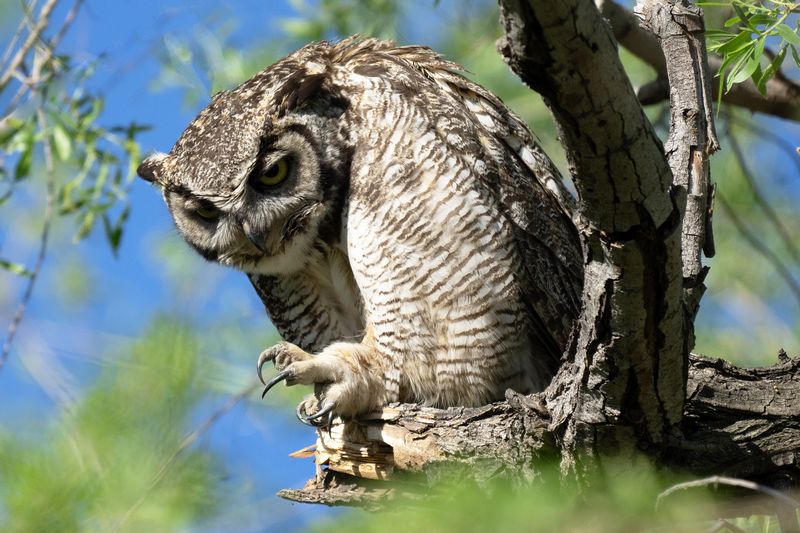
The Great Horned Owl has a grip that can exert 500 psi, enough to snap the spine of its prey. It’s a formidable hunter!
5. Owls Have Zygodactyl Feet

Owls have unique zygodactyl feet—two toes point forward, two backward. This arrangement provides excellent grip and balance.
6. Barn Owls’ Heart-Shaped Face
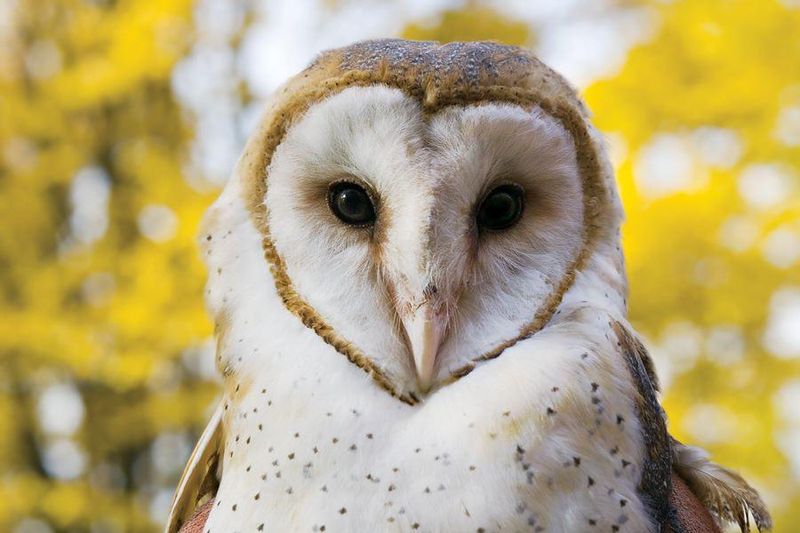
Barn owls sport a heart-shaped face that directs sound to their ears, making them expert hunters at night.
7. Snowy Owls Are Diurnal

Unlike most owls, snowy owls are active during the day. Their striking white feathers help them blend into Arctic surroundings.
8. Owls Swallow Prey Whole
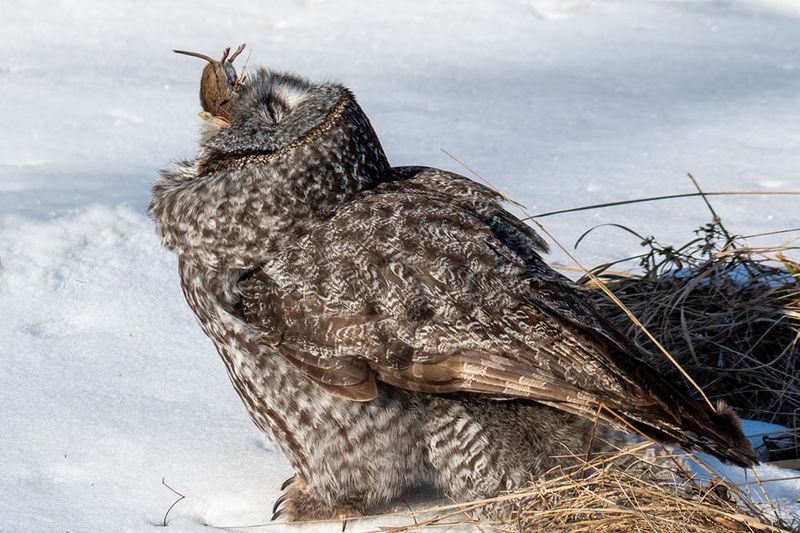
Owls swallow their prey whole and later regurgitate indigestible parts like bones and fur in neat little pellets.
9. Elf Owls: Tiny Hunters
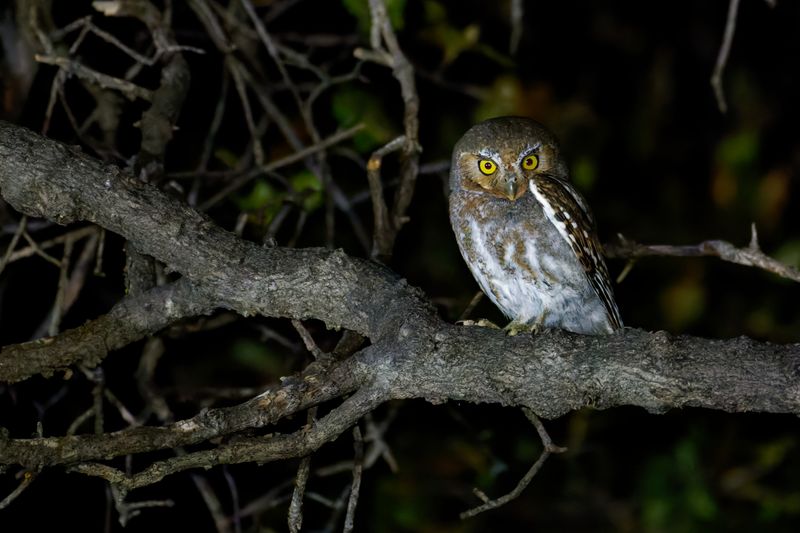
The Elf Owl, weighing just 1.4 ounces, is the world’s smallest owl. Don’t let size fool you; they’re fierce hunters of insects and small prey.
10. Owls Have Asymmetrical Ears
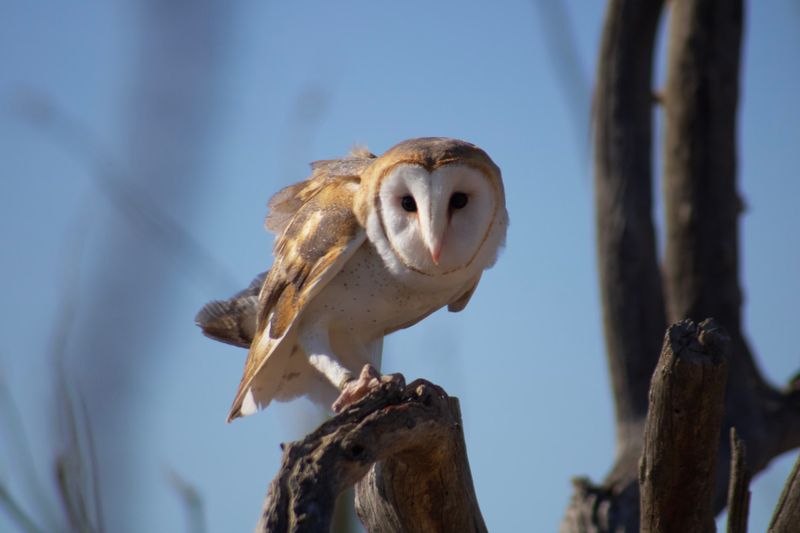
Owls’ ears are unevenly placed—one higher than the other—enhancing their ability to pinpoint sounds precisely in the dark.
11. Owls’ Silent Wing Design

Owls’ wing feathers have serrated edges, reducing noise and allowing for silent flight, an adaptation perfect for nocturnal hunting.
12. Tawny Owls: Masters of Camouflage

Tawny owls’ mottled feathers provide excellent camouflage, making them nearly invisible against tree bark.
13. Owls Are Found Worldwide
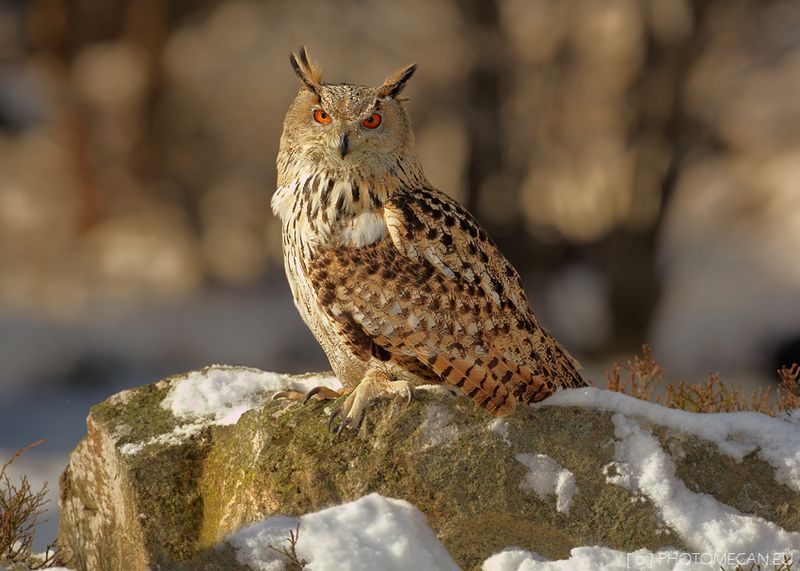
Owls inhabit every continent except Antarctica. Their adaptability has led them to thrive in diverse environments worldwide.
14. Owlets: Precocious Learners
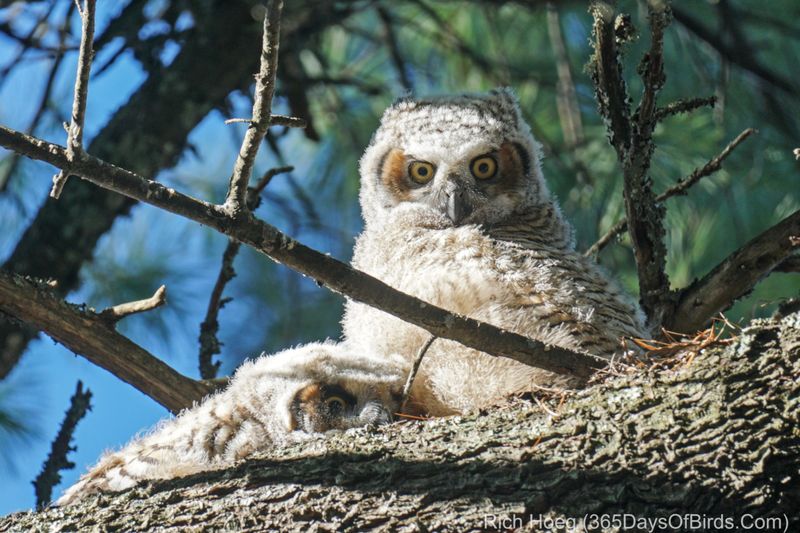
Owlets are quick learners, mimicking their parents’ calls and behaviors early on, preparing them for life in the wild.
15. Owls Have Three Eyelids
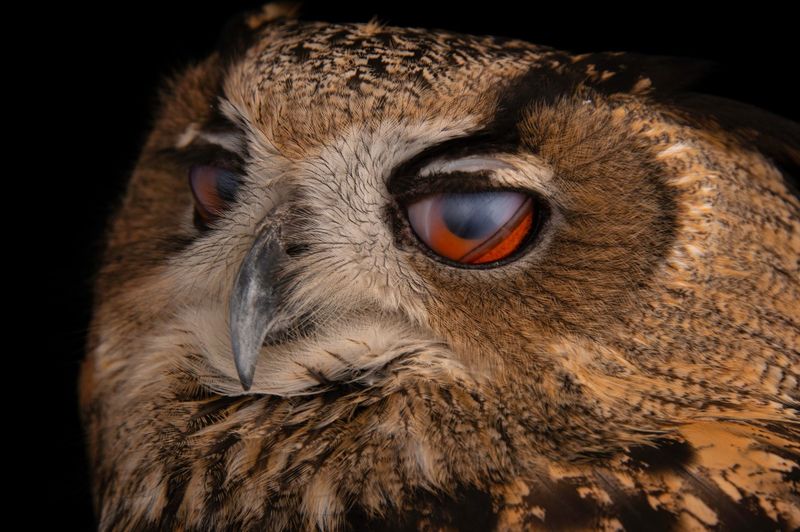
Owls have three eyelids: one for blinking, one for cleaning, and a translucent one for protection during flight.
16. Burrowing Owls: Ground Dwellers
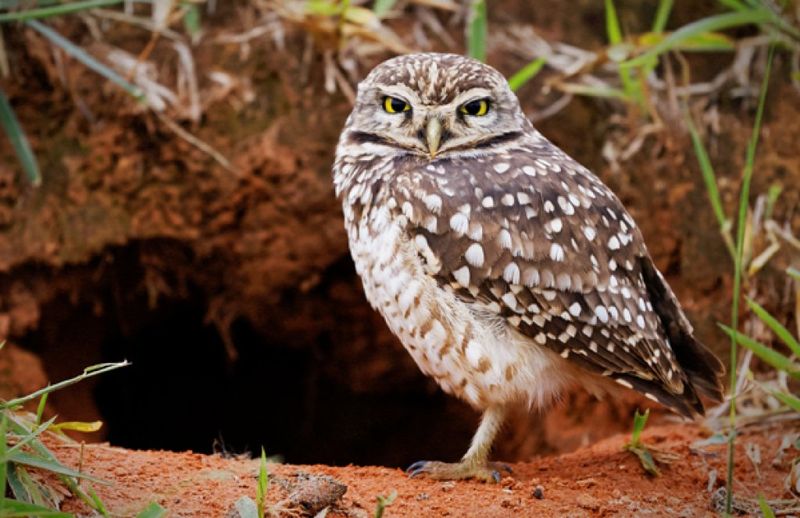
Unlike their tree-dwelling relatives, burrowing owls live underground, often in vacant animal burrows, providing a unique lifestyle.
17. Owls’ Night Vision

Owls possess extraordinary night vision, allowing them to see in almost complete darkness—a vital skill for nocturnal hunters.

